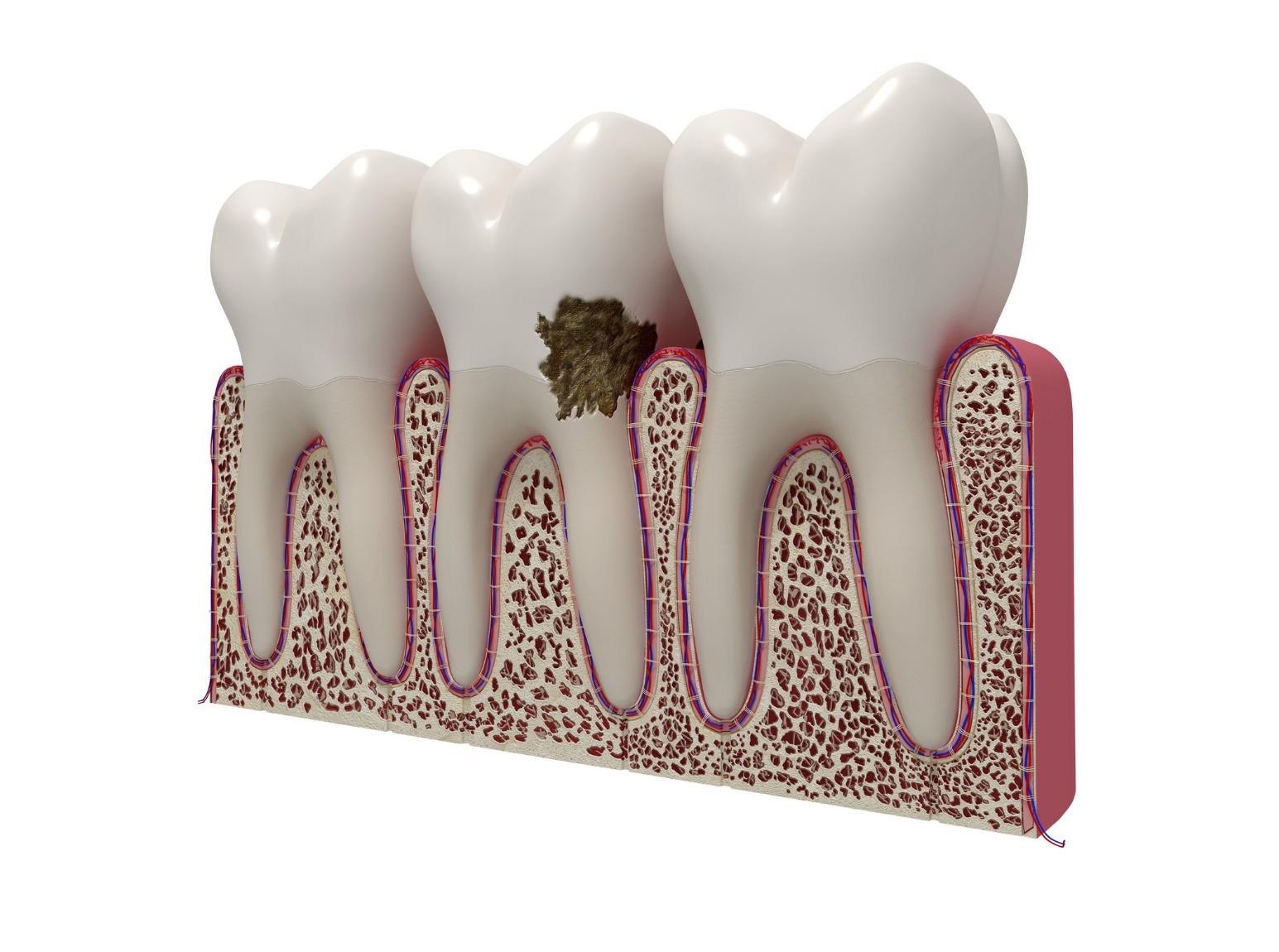PHONE US: (778) 484 1484

Be Healthy, Floss More!
March 2, 2022 by Lexi Kozak, RDH
Gingivitis, periodontitis, and gum disease.
Are these words you have heard at the dental office before? Have you heard these terms in tandem with your hygienist encouraging you to floss more? Studies show that 7 out of 10 Canadians will develop gum disease at some point in their lifetime. 1 As hygienists, it is our goal (if not our dream) to help educate our patients on the signs and symptoms of gum disease and how to treat, and ultimately prevent it.
Did you know that most people do not even know that they have periodontal disease? This is because a lot of the time, pain is not associated with some of the more advanced stages such as periodontitis. 1,2 Usually the first time you ever hear of these things are when you see your hygienist. Did you also know that when your hygienist tells you to brush and floss more, it’s because this is the best way to prevent and treat these types of diseases? 1,2
Whether it be driving the kids to extracurriculars, getting up at ungodly hours just to walk the dog or get a quick gym session in, or the daily grind of our careers; interdental cleaning such as flossing or using the Waterpik, can get lost in the hustle. The ugly truth is that this simple task gets put on many people’s low priority list and can be the very reason their oral health is declining.
Gum disease is caused by plaque and the bacteria that live inside it. More specifically, gram-negative anaerobic bacteria such as P. gingivalis, A. actinomycetemcomitans, P. intermedia, and others. Big names that can also cause big damage! 3 Bacteria in your mouth begin to re-populate in 4-12 hours after brushing and flossing, which is why you are recommended to brush twice a day and floss at least once per day. 4 If you leave the plaque buildup for long enough, the minerals in your saliva can cause it to harden into porous tartar (not the tangy sauce you eat with fish) or calculus. 4 This hard matter acts similarly to a popcorn husk in your gum tissues, causing inflammation and infection. If not taken care of, it can lead to gingivitis and periodontitis.

Gingivitis is inflammation of the gum tissues, and the effects of this disease can actually be reversed and prevented with good oral hygiene and regular professional cleanings at your dental office. 5 Some signs and symptoms of gingivitis include red, puffy, tender gums, and bleeding when you brush or floss. 5 One of the MOST common mistakes people make when battling gingivitis is to stop flossing or brushing when the gums bleed. Bleeding gums is a sign that there is an infection going on in the tissues from a buildup of plaque; the only way to reverse this bleeding is with more cleaning to disrupt that plaque bacteria! If gingivitis is left untreated, it can progress to a more serious form of gum disease called periodontitis. This disease is when the bacteria have now migrated below the gumline and start to cause damage to the other structures that support the teeth such as the periodontal ligament and the jawbone. 6 Bone loss in your jaw can happen as a result of your body trying to fight off the infection which also causes pocketing in the gum tissues, all of this can ultimately lead to loss of teeth if not treated. 6 There are other risk factors that contribute to periodontal diseases such as uncontrolled diabetes, smoking, and stress. 7 If you are an at home oral health superstar and your hygienist is still seeing signs of infection, they may refer you back to your MD to investigate a little further because your mouth tells no lies! There could be something systemically that is affecting your ability to keep your oral tissues healthy.
To summarize, periodontal diseases can affect anyone, and the key is to practice a good at-home oral hygiene routine. Although it may seem like your hygienist is the flossing police, there are detrimental health effects that gum disease can have on your body and we wish to help you achieve a good whole mouth and body state of health. Here at Kelowna Dental Solutions, we are happy to provide you with excellent tips, tools and care for all your oral care needs! Be healthy, floss more
Lexi Kozak
Registered Dental Hygienist
References
- Gum disease [Internet]. Canadian Dental Association; 2022 [cited 2022 Feb 01].
- Preventing periodontal disease. JADA. 2001;132(9):1339.
- Lovegrove JM. Dental plaque revisited: bacteria associated with periodontal disease. J N Z Soc Periodontol. 2004;(87):7-21.
- What is plaque [Internet]. Dental Care; 2021 [cited 2022 Feb 01].
- Gingivitis [Internet]. Canadian Dental Association; 2022 [cited 2022 Feb 01].
- Gum disease information [Internet]. American Academy of Periodontology; 2022 [cited 2022 Feb 01].
- Periodontal disease [Internet]. Centers for Disease Control and Prevention; 2013 Jul 10 [cited 2022 Feb 01].
Preventing Dental Emergencies: What You Need to KnowJune 24, 2025
Dental emergencies can be painful, stressful, and often happen when you least expect them. &nbs...
Read MoreInvisalign vs. Traditional Braces: Which is Right for You?June 12, 2025
When it comes to achieving a straighter smile, modern orthodontic treatment offers more options than...
Read MoreA Day in the Life of a Dental Hygienist: The Unsung Heroes of Oral HealthJanuary 13, 2025
When you think of dental care, images of dentists wielding drills and bright lights might come to mind. Howev...
Read More